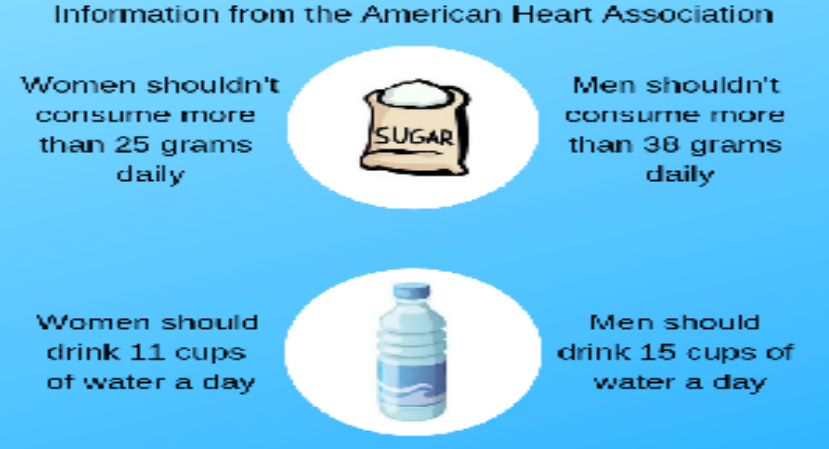By Alecia Sexton
Staff Writer
Happy National Nutrition Month! While NNM may not sound as exciting as National Doughnut or Taco Day, it’s far more important, and stands for a bigger picture of health and wellness that we as college students too often forget.

As young adults we tend to blindly consume whatever food is in front of us without taking simple steps like thinking about its nutrient composition or even making sure we are actually hungry. NNM was devised by the American Dietetic Association in order to increase mindfulness, promote conscious eating, and draw attention to food and mealtime.
Some of the many key messages of NNM include “choosing foods and drinks that are good for our health” and “discovering the benefits of healthy eating,” however these points are vague and require elaboration. For starters, we can all benefit from learning about the nutritional composition of some of the common foods and drinks we consume, and work on making more informed decisions.
I often see students walking around campus with the fruit drink, Naked. Many students believe Naked is a healthy alternative to water. While full of phytonutrients, vitamins and minerals, a typical bottle of Naked has 285 calories and a whopping 58 grams of sugar. Naked drinks may suffice as a snack consumed in moderation, but they don’t fulfill the daily water intake requirements.
Another key message of NNM is “discovering the benefits of healthy eating,” but what constitutes as “healthy” when it comes to eating? One component of healthy eating is portion size. A general rule of thumb to balance our plate is to limit portions of grains and meats to about the size of our palm, and to load up on fresh vegetables in every meal. Also, the more colorful the meal, the better since different colored fruits and veggies are packed with vital vitamins and minerals. It’s important to rotate our diets, too, since consuming the same foods day in and day out is a recipe for nutrient deficiencies.
The last goal of NNM is to draw attention to the quality of food we consume. Fast food and packaged foods tend to be less nutritious and filled with salt, harmful fats and sugar. We rarely think about the quality of produce we are consuming; there’s an environmental effect on food that affects the nutrient bio-availability of produce as well as the nutritional composition.
This is evident when considering the effects of travel on food. Produce with a large amount of “food miles” will inherently have less vitamin C and A and other minerals; these components are sensitive to heat and other conditions that come with travel. A batch of grapes that were grown in California, then gathered, packaged, transported by truck or plane, and put onto the shelves at our local grocery store won’t have the same nutritional composition as those that were grown on the east end of Long Island. It’s beneficial not only our local farmers, but also our own bodies when we choose to consume local produce.
If you’re interested in learning more about National Nutrition Month and reading some of the other key messages we should all be thinking about, visit eatright.org and click on National Nutrition Month. There are power points, worksheets and articles available to educate the public on food and nutrition. The more informed we all are, the healthier and better we’ll be.
Editor’s Note: The Pioneer is not responsible for giving medical advice. Please refer to a medical professional for serious concerns regarding personal health.




Be First to Comment